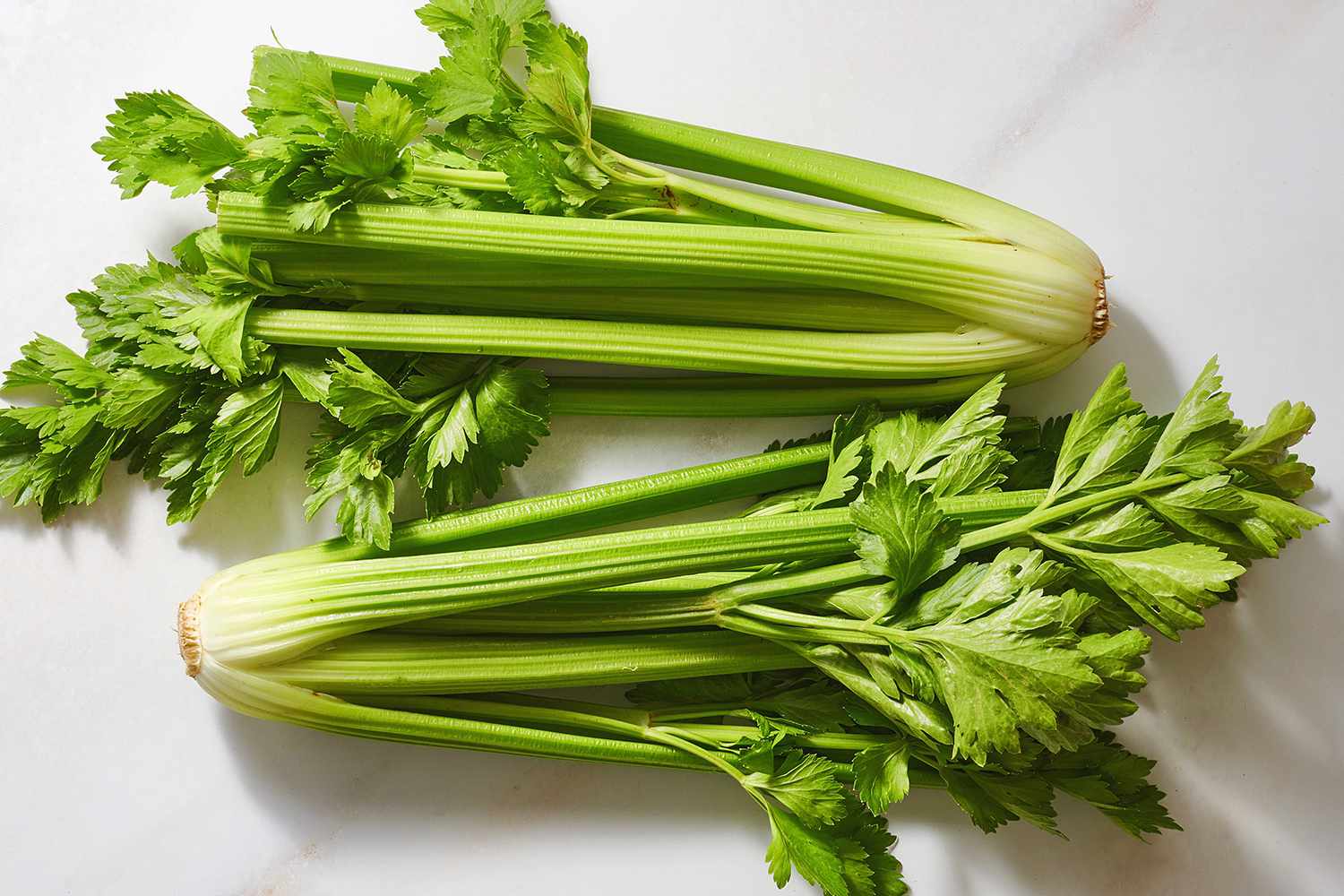

Articles
How To Store Celery In The Refrigerator
Modified: February 24, 2024
Learn the best methods and tips for storing celery in the refrigerator to keep it fresh and crisp for longer. Check out our informative articles on proper celery storage!
(Many of the links in this article redirect to a specific reviewed product. Your purchase of these products through affiliate links helps to generate commission for Storables.com, at no extra cost. Learn more)
Introduction
Celery is a versatile vegetable that can add a crisp and refreshing flavor to a variety of dishes. Whether you use it in soups, salads, stir-fries, or as a crunchy snack, properly storing celery is crucial to ensure its freshness and longevity. In this article, we will guide you through the best practices for storing celery in the refrigerator, extending its shelf life, and using it in your culinary creations.
Why is properly storing celery important? Celery contains a high water content, which makes it prone to wilting and becoming limp if not stored correctly. By properly storing it, you can maintain its crispness, freshness, and nutritional value. Additionally, storing celery properly can help prevent bacteria growth and maintain its vibrant green color.
Let’s dive into some essential tips for storing celery in the refrigerator and keeping it fresh for longer.
Key Takeaways:
- Properly storing celery in the refrigerator is crucial to maintain its crispness, freshness, and nutritional value. Follow simple steps like trimming, wrapping, and refrigerating to enjoy crunchy celery in your dishes.
- Extend the shelf life of celery by following best practices such as inspecting before use, washing before consuming, and using it within a reasonable timeframe. Experiment with different cooking methods and pair celery with complementary flavors for delicious dishes.
Why Properly Storing Celery is Important
Properly storing celery is crucial for a few key reasons. First and foremost, it helps maintain the vegetable’s crispness and freshness. Celery has a high water content, which makes it prone to wilting and becoming limp when exposed to air for too long. By storing it properly, you can preserve its crunch and ensure it stays delicious and satisfying.
Secondly, storing celery correctly helps to maintain its nutritional value. Celery is packed with essential vitamins and minerals, including vitamin K, vitamin C, and potassium. However, these nutrients can degrade over time if the celery is not stored properly. By keeping it in optimal conditions, you can retain the nutritional benefits and get the most out of your celery.
Furthermore, proper storage helps prevent bacteria growth and spoilage. When exposed to air and moisture, celery can become a breeding ground for harmful bacteria, leading to spoilage and potential foodborne illnesses. Storing celery in the refrigerator at the right temperature and humidity levels can inhibit bacterial growth, keeping it safe to consume for a longer period.
Finally, storing celery properly ensures that it maintains its vibrant green color. Celery’s bright green hues not only make it visually appealing but also indicate its freshness. When exposed to light and air, celery can start to turn yellow or brown, indicating a loss of freshness. By storing it in a way that minimizes light exposure, you can keep your celery looking fresh and appetizing.
Overall, properly storing celery is essential to preserve its crunch, maintain its nutritional benefits, prevent bacterial contamination, and retain its vibrant color. By following the right storage methods, you can enjoy fresh and flavorful celery throughout its shelf life.
Tips for Storing Celery in the Refrigerator
Storing celery in the refrigerator is the best way to maintain its freshness and extend its shelf life. Here are some helpful tips to ensure you store celery properly:
- Trim the ends: Before storing celery, trim the ends to remove any damaged or wilted parts. This helps to maintain its overall freshness.
- Leave the stalks intact: It’s important to keep the stalks of celery connected as much as possible. This helps to retain moisture and prevent wilting.
- Wrap in aluminum foil: After trimming, wrap the celery tightly in aluminum foil. This helps to create a barrier against moisture and keeps the celery crisp.
- Store in a plastic bag: To further protect the celery from moisture and maintain its freshness, place the wrapped celery in a resealable plastic bag or produce bag. Zip the bag shut, leaving a bit of room for air circulation.
- Optimal temperature: Store the celery in the refrigerator’s crisper drawer, which provides a controlled environment with slightly higher humidity levels. The ideal temperature for storing celery is between 32 to 36 degrees Fahrenheit.
- Keep away from ethylene-producing fruits: Celery is sensitive to ethylene gas, which is naturally produced by certain fruits like apples and bananas. To prevent premature wilting, store celery away from these ethylene-producing fruits.
- Don’t wash before storing: It’s best to avoid washing celery before storing it. Moisture can accelerate the wilting process, so wait to wash it just before using.
- Regularly check and remove any wilted stalks: Even with proper storage, celery can still spoil. Regularly check on your stored celery and remove any stalks that have become wilted or slimy to prevent the spoilage from spreading.
- Use within 1-2 weeks: While properly stored celery can last up to 2 weeks, it’s best to use it within the first week to enjoy maximum freshness and flavor.
By following these tips, you can ensure that your celery stays crunchy, fresh, and ready to add a flavorful crunch to your favorite dishes.
Step-by-Step Guide to Storing Celery in the Refrigerator
Properly storing celery in the refrigerator is a simple process. Follow these step-by-step instructions to keep your celery fresh and crunchy:
- Trim the ends: Start by trimming off the ends of the celery stalks. Cut off any damaged or wilted parts to ensure that you’re storing the freshest parts of the vegetable.
- Wrap in aluminum foil: After trimming, tightly wrap the celery in aluminum foil. This helps create a barrier against moisture and keeps the celery crisp. Make sure the foil is sealed securely.
- Place in a plastic bag: To provide further protection from moisture, place the wrapped celery inside a resealable plastic bag or produce bag. Seal the bag, leaving a small gap for air circulation.
- Find the right storage location: Locate the crisper drawer in your refrigerator. It provides a controlled environment with slightly higher humidity levels, which is ideal for storing celery. If you don’t have a crisper drawer, any section of the refrigerator with consistent temperature and humidity will suffice.
- Store the celery: Place the wrapped and bagged celery in the crisper drawer or designated section of your refrigerator. Make sure it is not overcrowded to allow proper air circulation.
- Keep away from ethylene-producing fruits: To prevent premature wilting, store celery away from ethylene-producing fruits such as apples, bananas, and tomatoes. Ethylene gas can speed up the spoilage process of celery.
- Check regularly: Regularly check on your stored celery to ensure its freshness. Remove any stalks that show signs of wilting or decay to prevent the spread of spoilage.
- Wash before using: When you’re ready to use the celery, wash it just before preparation. Washing celery before storing it can introduce moisture and accelerate the wilting process.
Following these simple steps will help you store celery properly, keeping it fresh, crisp, and ready to enhance your recipes.
To store celery in the refrigerator, wrap it tightly in aluminum foil and place it in the crisper drawer. This will help keep it fresh and crisp for up to two weeks.
Alternative Methods for Storing Celery
While storing celery in the refrigerator is the most common method, there are alternative ways to store it if you don’t have access to a refrigerator or if you want to try different approaches. Here are a few alternative methods for storing celery:
- Storing in water: One alternative method is to store celery in water. Fill a container or glass with fresh water and place the celery stalks upright, immersed in the water. This method can help maintain the celery’s moisture and keep it hydrated. Remember to replace the water regularly to prevent bacteria growth.
- Freezing: If you have an abundance of celery and want to preserve it for a longer period, freezing is a viable option. Start by washing and cutting the celery into small pieces or slices. Blanch them in boiling water for a couple of minutes, then transfer them to an ice bath to stop the cooking process. Drain and pat dry the celery, then place it in freezer-safe bags or containers. Label them with the date and store in the freezer for up to six months. However, keep in mind that freezing can change the texture of celery, so it’s best used in soups, stews, and cooked dishes.
- Dehydrating: Dehydrating celery is another method for long-term storage. Slice the celery into thin pieces and spread them out on a dehydrator tray or a baking sheet lined with parchment paper. Set the dehydrator or oven to a low temperature, around 125°F (50°C), and allow the celery to dehydrate for several hours until it is completely dry and crispy. Once dehydrated, store the celery in airtight containers in a cool, dry place. Dehydrated celery is perfect for adding flavor to stocks, soups, and other dishes.
- Canning: Canning is a preservation method that can be used for various fruits and vegetables, including celery. It involves packing sliced celery into sterilized canning jars and covering them with a brine solution or hot liquid. Process the jars in a water bath canner according to canning guidelines and allow them to cool before storing. Canned celery can last for up to a year when stored in a cool, dark place.
These alternative methods offer different ways to store celery, depending on personal preference and the available resources. Be sure to follow proper food safety guidelines and instructions specific to each method to ensure the best results.
Read more: How To Keep Celery Fresh In Refrigerator
How to Extend the Shelf Life of Celery
While celery typically has a decent shelf life, there are a few tricks you can use to extend its freshness and keep it crisp for longer. Follow these tips to maximize the shelf life of your celery:
- Keep it whole: To preserve the freshness of celery, it’s best to keep it whole until you’re ready to use it. Cutting or chopping celery exposes more surface area to air, which can speed up wilting and spoilage.
- Store in the refrigerator: The refrigerator is the best place to store celery to maintain its freshness. Follow the previously mentioned tips for storing celery in the refrigerator, such as wrapping it in aluminum foil and placing it in a plastic bag.
- Change the water (if using the water storage method): If you choose to store celery in water, make sure to change the water every couple of days. Fresh water helps keep the celery hydrated and prevents the growth of bacteria.
- Avoid overcrowding: When storing celery in the refrigerator, make sure not to overcrowd it. Overcrowding can restrict airflow, leading to moisture buildup and premature wilting.
- Remove wilted stalks: Regularly check your stored celery for any wilted or decaying stalks. Removing them promptly will help prevent the spread of spoilage to the rest of the celery.
- Use a celery keeper: Invest in a specially designed celery keeper container, which is designed to regulate humidity and keep celery fresh for longer. These containers have vents and are stackable, making them convenient for storage.
- Store with a paper towel: Placing a paper towel in the bag or container with celery can help absorb excess moisture and prevent it from becoming too damp, which can lead to faster spoilage.
- Avoid storing near ethylene-producing fruits: Just like during initial storage, keep your celery away from ethylene-producing fruits such as apples and bananas to prevent premature wilting.
- Use within a reasonable time frame: While celery can last up to two weeks when stored properly, it’s best to use it within the first week for optimal freshness and flavor.
By following these methods and tips, you can extend the shelf life of celery and enjoy its crispness in your favorite recipes for a longer period.
Best Practices for Using Stored Celery
When using stored celery, it’s important to keep a few best practices in mind to ensure that you get the most out of this versatile vegetable. Here are some tips for using stored celery:
- Inspect before using: Before incorporating stored celery into your dish, inspect it thoroughly. Check for any signs of spoilage, such as sliminess, off smells, or mold. If you notice any abnormalities, discard the celery and use fresh ones.
- Wash before consuming: Just before using your stored celery, give it a thorough rinse under cold running water. This helps remove any surface dirt or bacteria that may have accumulated during storage.
- Trim as needed: If the stored celery has any brown or wilted parts, trim them off before using. Cut off the ends and any discolored or limp stalks to ensure you’re working with the freshest and tastiest parts of the vegetable.
- Cut or chop to desired size: Depending on your recipe, cut or chop the celery into the desired size. Whether you prefer thin slices, small cubes, or larger chunks, prepare the celery to suit your culinary needs.
- Use within a reasonable timeframe: Even when stored properly, celery will begin to lose its freshness over time. To enjoy the best flavor and texture, aim to use the stored celery within the first week or two after refrigeration.
- Utilize in a variety of dishes: Celery is incredibly versatile and can add a refreshing crunch and subtle flavor to numerous dishes. Use stored celery in soups, stews, stir-fries, salads, casseroles, and even as a healthy snack with your favorite dip.
- Experiment with cooking methods: Don’t limit yourself to using celery raw. Explore different cooking methods, such as sautéing, roasting, or braising, to bring out its unique taste and texture. Cooked celery can add depth and complexity to your dishes.
- Pair with complimentary flavors: Celery has a mild and slightly bitter taste that pairs well with a variety of other ingredients. Combine it with carrots, onions, bell peppers, tomatoes, or herbs like parsley and dill for delicious flavor combinations.
- Don’t forget the leaves: The leaves of celery are packed with flavor and can be used to enhance the taste of your dishes. Don’t discard them – chop them up and use them as a garnish, in salads, or as an ingredient in soups and stocks.
By following these best practices, you can make the most of your stored celery and create delicious dishes that highlight its unique flavor and crunch. Enjoy the versatility of this wonderful vegetable in your culinary adventures!
Conclusion
Properly storing celery in the refrigerator is essential to maintain its freshness, crispness, and nutritional value. By following the tips provided in this article, you can ensure that your celery stays at its best for as long as possible.
Trimming the ends, wrapping celery in aluminum foil, and storing it in a plastic bag are effective ways to protect it from moisture and maintain its crunch. Keeping celery in the refrigerator’s crisper drawer or in a controlled environment helps regulate temperature and humidity levels, preventing wilting and bacterial growth.
While the refrigerator is the most common method, there are alternative ways to store celery, such as storing it in water or using methods like freezing, dehydrating, or canning for longer-term storage.
To extend the shelf life of celery, follow best practices such as inspecting before use, washing before consuming, and using it within a reasonable timeframe. Experiment with different cooking methods and pair celery with complementary flavors to create delicious dishes that highlight its unique taste and texture.
In conclusion, by following proper storage and usage techniques, you can enjoy the crispness and freshness of celery in your favorite recipes for an extended period. Remember to regularly check your stored celery for any signs of spoilage and make sure to discard any celery that appears slimy or has an off smell.
So, the next time you buy a bunch of celery, store it correctly, and make the most out of this versatile and nutritious vegetable. Whether you’re adding it to soups, salads, or enjoying it as a healthy snack, properly stored celery will enhance your culinary creations with its refreshing crunch and subtle flavor.
Frequently Asked Questions about How To Store Celery In The Refrigerator
Was this page helpful?
At Storables.com, we guarantee accurate and reliable information. Our content, validated by Expert Board Contributors, is crafted following stringent Editorial Policies. We're committed to providing you with well-researched, expert-backed insights for all your informational needs.
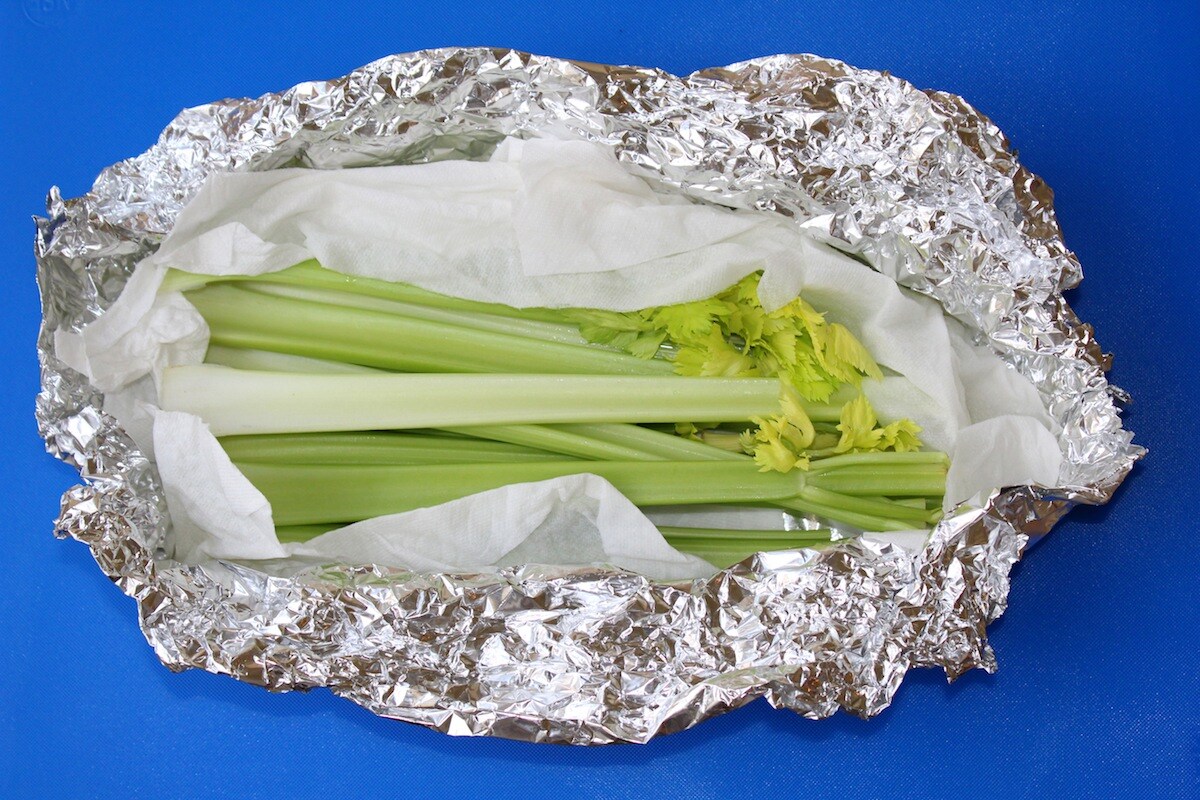

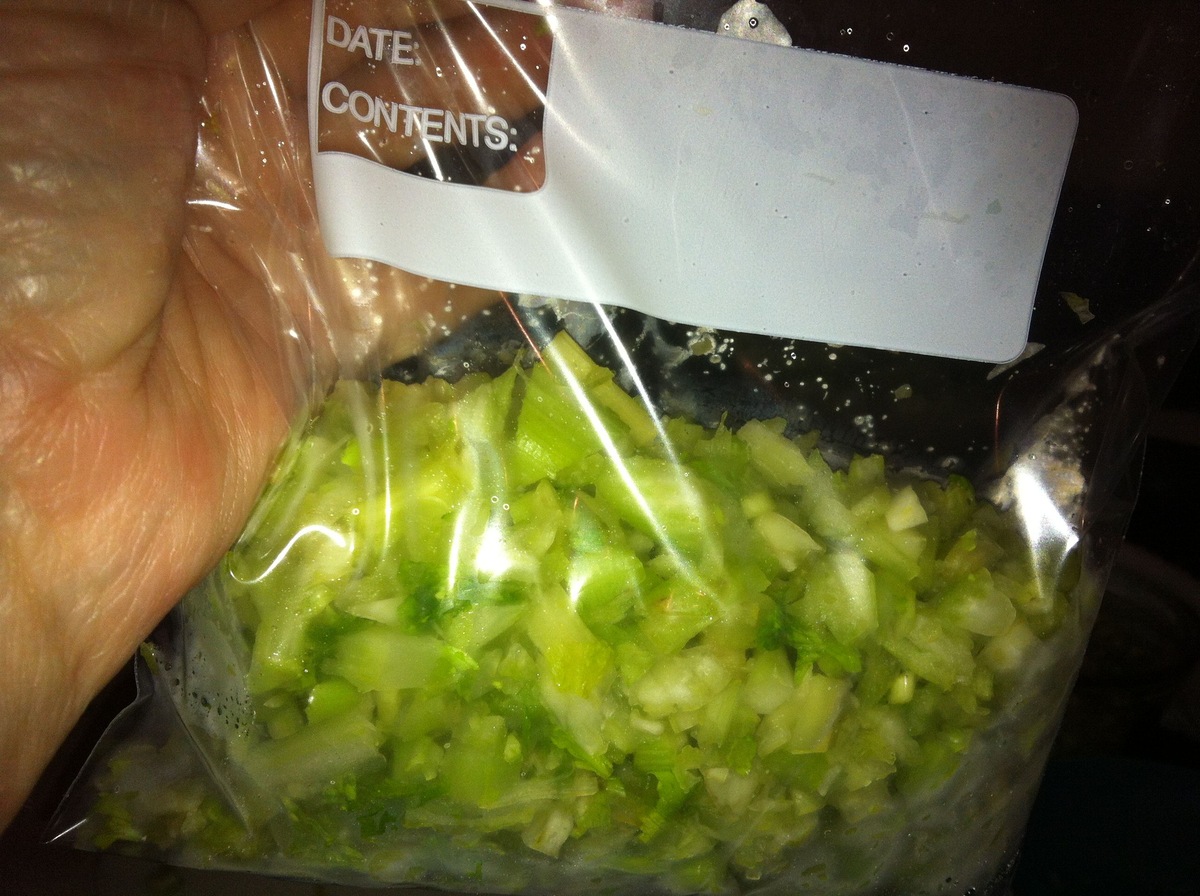
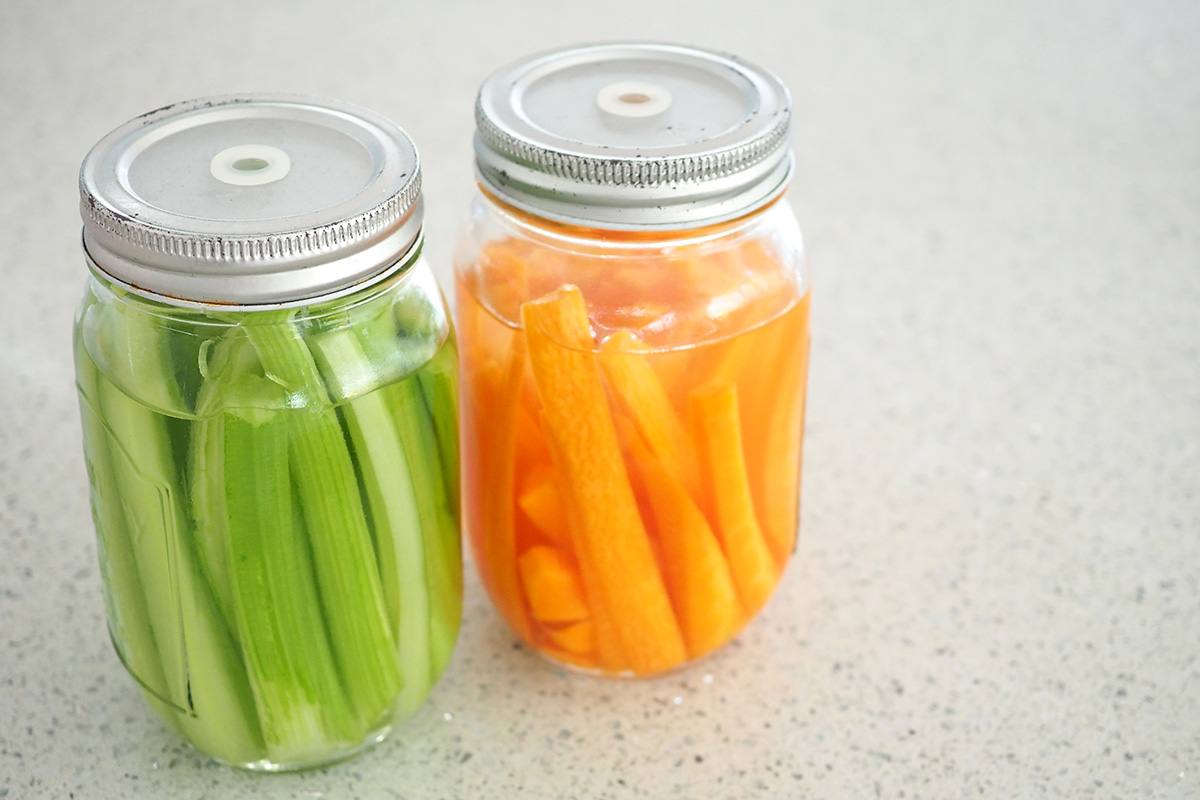
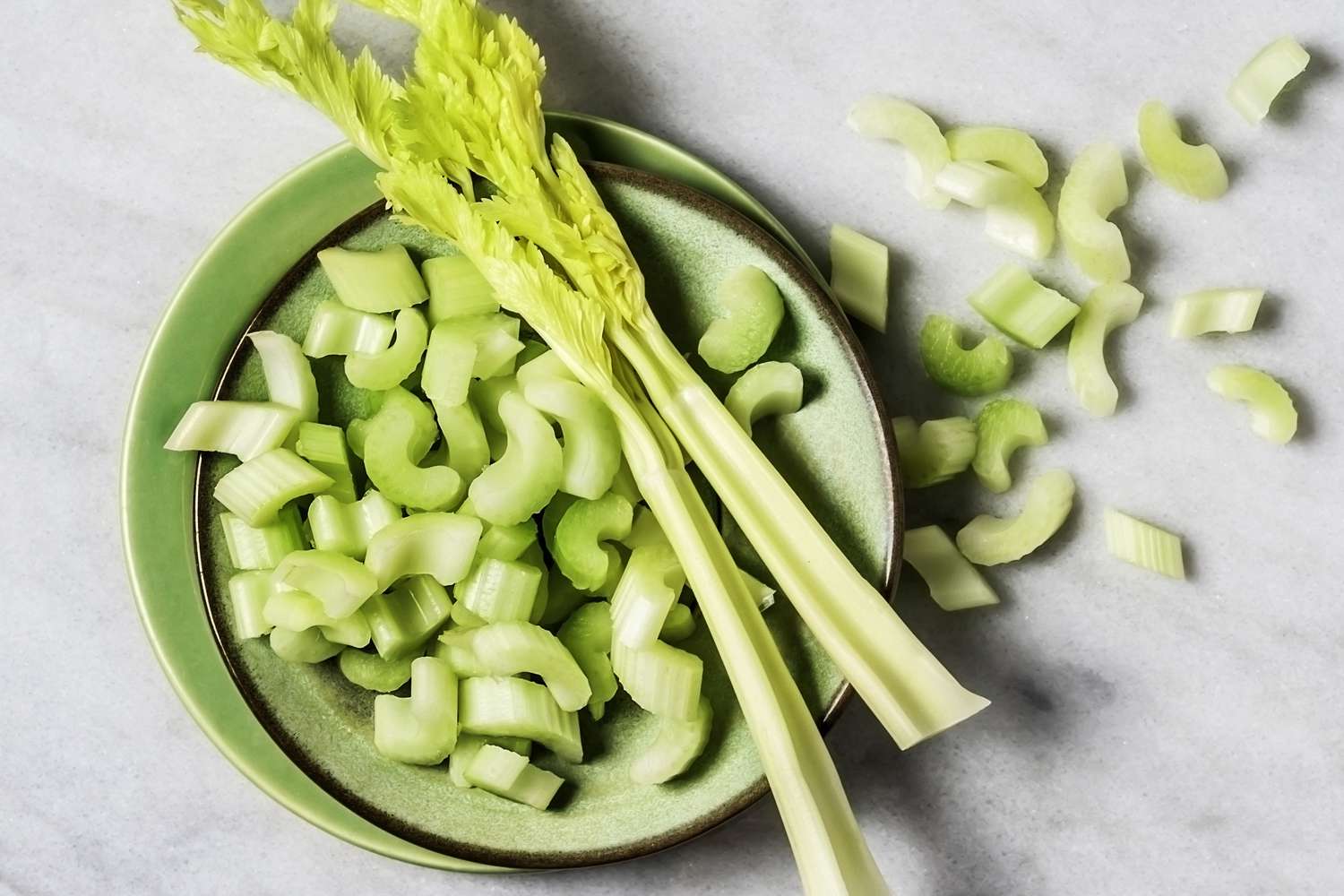

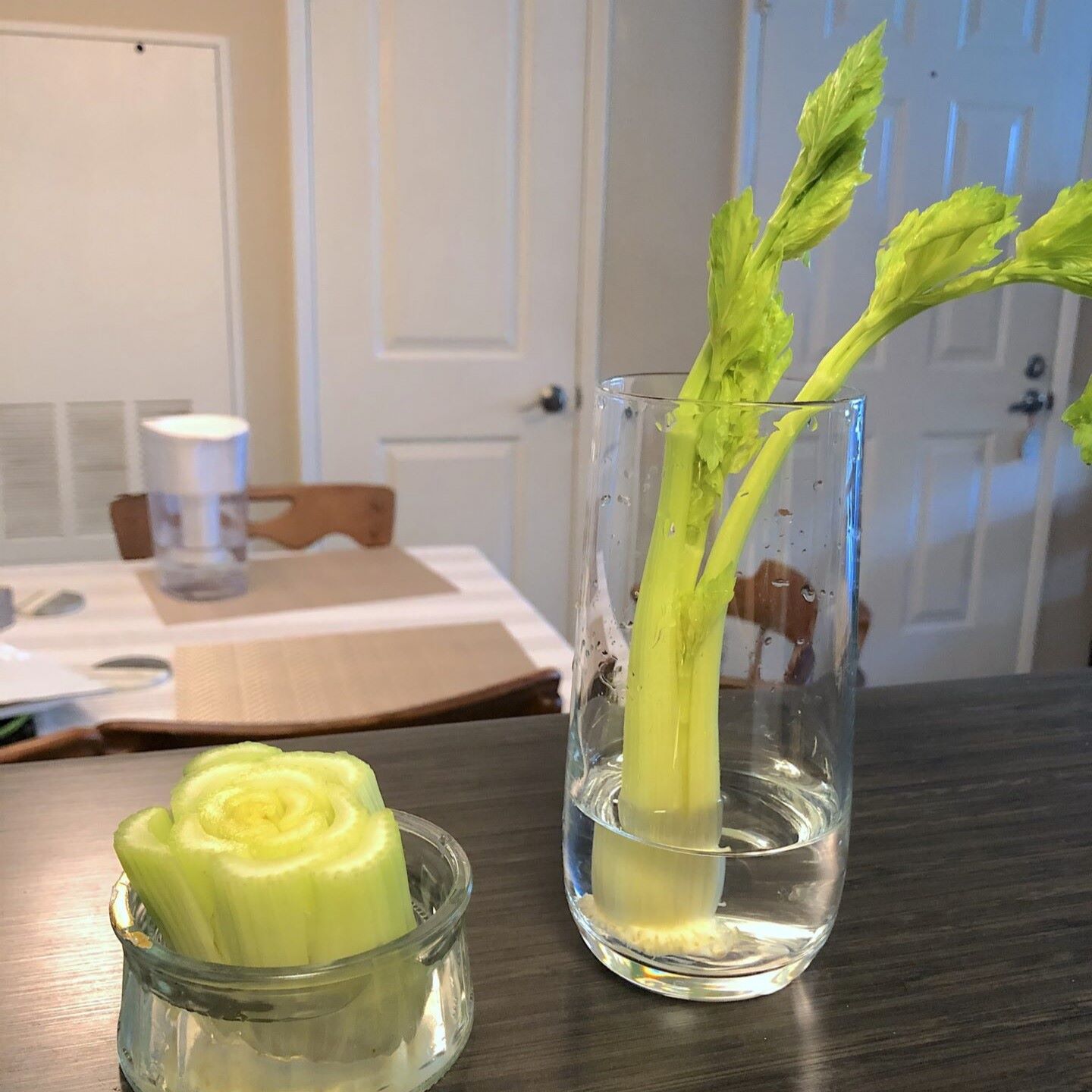
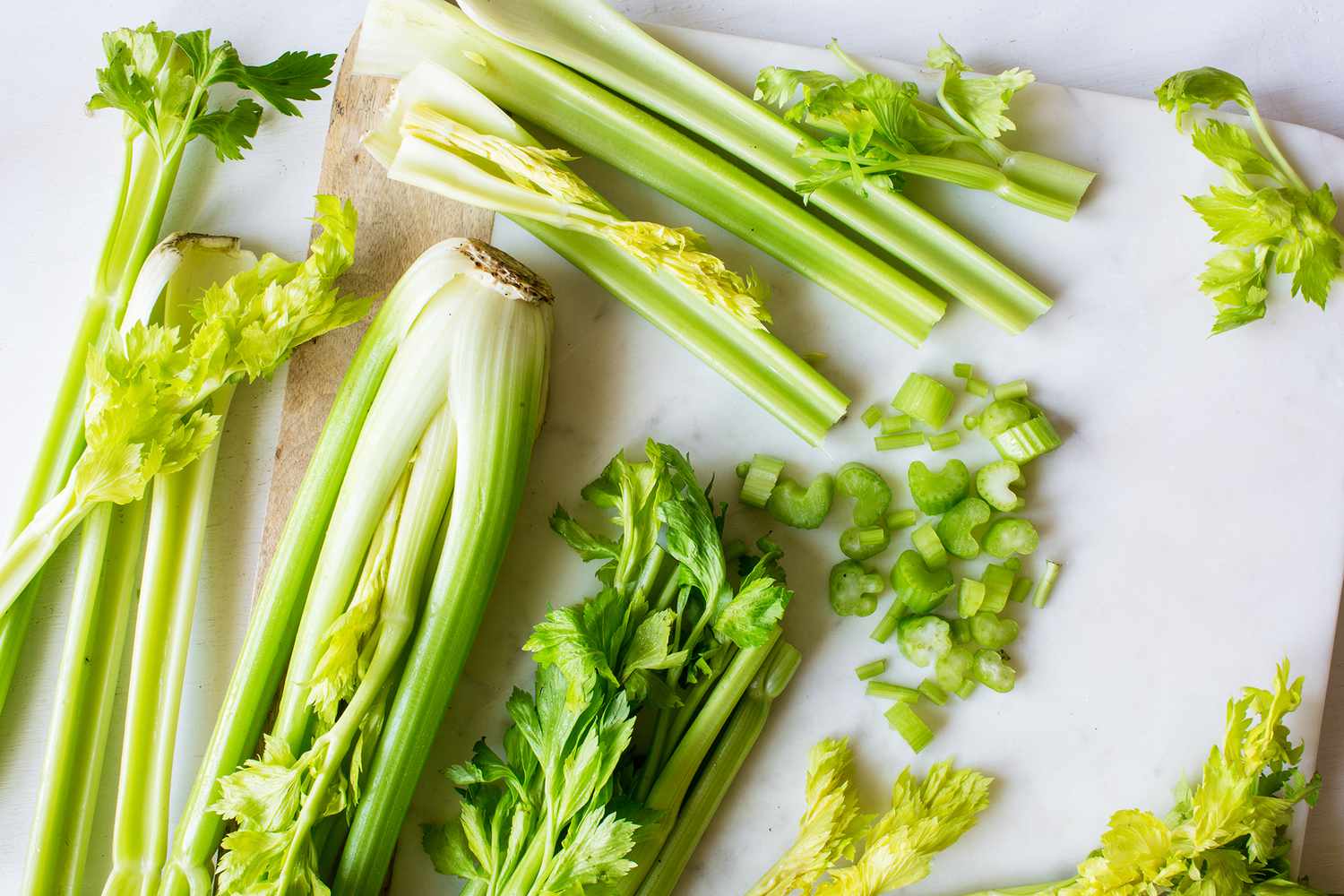


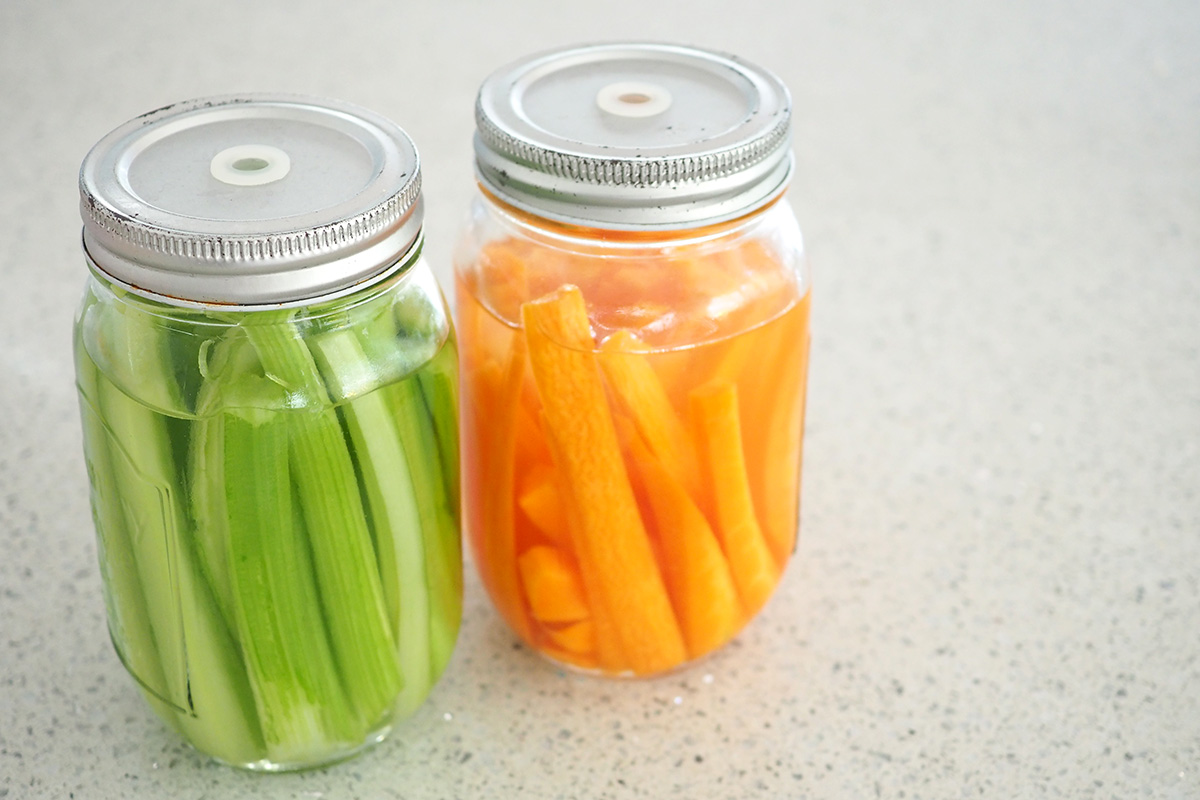
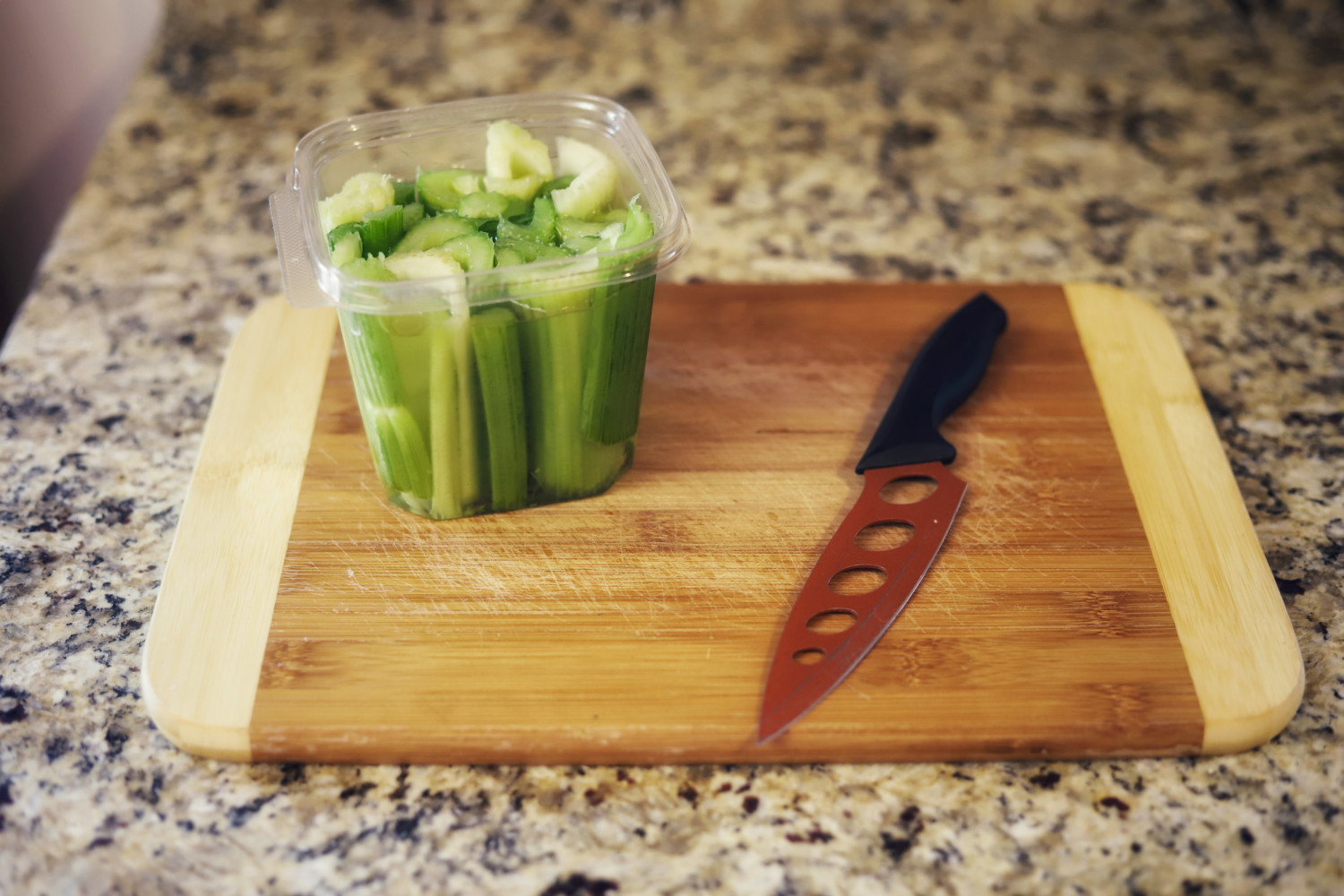



0 thoughts on “How To Store Celery In The Refrigerator”